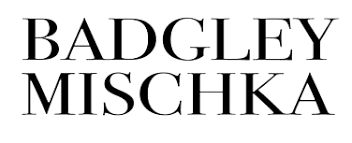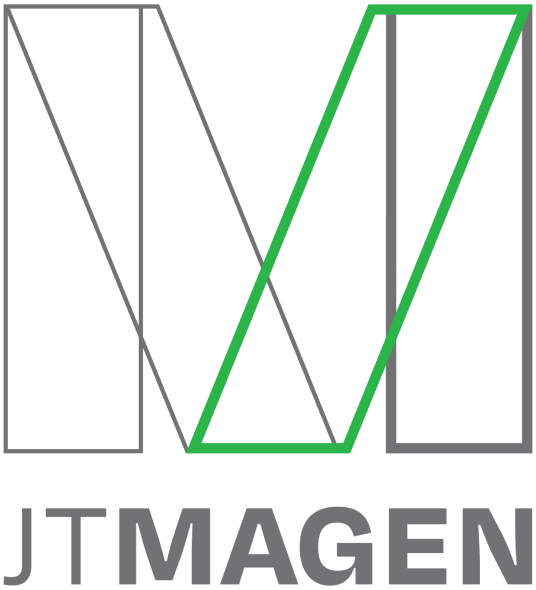(We all know it wasn't Al Gore)
At least once a week, someone asks for my opinion on Voice over IP, or VoIP as it's commonly known. My answer is always the same; if done properly, VoIP can have great benefits, features, convenience, and cost savings. If not done properly, it can be a disaster.
The conversation rarely ends there, rather I usually end up educating the person (sometimes a client) on how TCP/IP (the foundation of the Internet) works, and how that relates to VoIP. While I have probably seen Willy Wonka & the Chocolate Factory (the original 1971 Gene Wilder version) a dozen or more times, it's definitely been a while since I last caught it on one of those obscure cable channels. Yet for some reason, during one of my recent "Why VoIP sometimes doesn't work" explanations, I had an 'ah-ha' moment and realized that while most of us IT people think that Vint Cerf invented TCP/IP and therefore the Internet as we know it, Roald Dahl (author of Charlie and the Chocolate Factory, on which the movie is based) may have been his inspiration. Here's how:
For those of you who have seen the movie (if you haven't, then stop reading this right now and buy or stream it), think back to the scene where Willy Wonka is taking Mike and Mrs. Teevee on a tour of Wonkavision:
WONKA: Wonkavision: my very latest and greatest invention.
MIKE: It's television.
WONKA: Uh, it's Wonkavision. Now I suppose you all know how ordinary television works. You photograph something and--
MIKE: Sure, I do. You photograph something, and then the photograph is split up into millions of tiny pieces, and they go whizzing through the air down to your TV set where they're all put together again in the right order.
WONKA: You should open your mouth a little wider when you speak...
Well, it seems that Roald Dahl, in 1964, laid the groundwork for TCP/IP, because that's exactly how the internet works! Every piece of data sent over the Internet - be it a webpage, YouTube video, email message, or VoIP phone call, gets broken up into millions of tiny pieces (called packets). Those packets are then sent from a server located somewhere (usually a datacenter), through devices called routers, across a massive network of fiber optic cables, to your local internet provider, eventually ending up on your computer, iPad, or other connected device, which assembles those millions of packets into what you see and hear. And when you're using Wi-Fi, 3G or 4G, then those packets are whizzing through the air, down to your laptop or smartphone.
So there you have it, that's a high level explanation on how the internet works. And how we all owe a debt of gratitude to Mr. Roald Dahl for laying the foundation for the modern day Internet. While we can't send Wonka bars through the internet, we can order iPhone cases that look like them from Amazon (http://amzn.to/WVArBV) and have UPS deliver them to our doorstep. I guess that's the next best thing.








